Afghan cameleers were brought to Australia in the 1860s to manage a mode of transport suited to harsh desert terrain. Camel trains transported wool and stores from Spencer Gulf to the mining area around Mount Remarkable and to pastoral properties. They also supplied materials to the Overland Telegraph Line.
Elder & Co. brought the first ‘Afghans’ to South Australia to work at Beltana station, north of Port Augusta in the Far North. Thirty-one Afghans arrived on the Blackwell at Port Augusta, and on New Year’s Eve 1865 a crowd gathered to witness the extraordinary sight of 124 camels being lifted onto new soil. Although known as Afghans, the cameleers were in fact Pathans from the border of present-day Afghanistan and Pakistan. Generally from poor backgrounds, they came as single men on three-year contracts. There were some 800 Afghan males in Australia by the 1890s.
Cameleers played an important role in the desert explorations of the 1870s and 1890s. The 1872 government-sponsored expedition into central Australia led by William Gosse included the Afghans Kamran, Jemma Khan and Allanah. They explored 132 000km2 of country, and in mid July Gosse and Kamran named Ayers Rock (Uluru) after the premier of South Australia. When climbing the rock, Gosse envied Kamran: ‘He seemed to enjoy the walking about with bare feet, while mine were all blisters, and it was as much as I could do to stand’ (Stevens, p189).
From the late 1880s Afghans began their own carrying businesses and, with the expansion of the railway northwards, began to work from railheads such as Farina, north of Port Augusta. By the early 1890s the brothers Faiz and Tagh Mahomet owned more than 900 camels and employed around 100 fellow Afghans at Marree, the northern-most railhead in central Australia. Two major camel routes radiated from this settlement, north to Oodnadatta and Alice Springs, and northeast to Birdsville and beyond.
The Afghans, who brought Islam to Australia, built mosques in their ‘Ghantowns’ in country regions and in 1888 financed the construction of the first metropolitan mosque in Australia, in Adelaide’s Little Gilbert Street. By 1915 this mosque, which had cost the Afghan community around £3000, had two high minarets, a garden with fig trees, vineyards and a cottage for visitors. Mosques were the focal points for Afghan communities, and during the fast of Ramadan Afghans from throughout the Outback would converge on the Adelaide mosque.
As the transport industry became motorised in the 1920s the Afghan carrying businesses declined; by the 1940s most Ghantowns were dilapidated and deserted. Some cameleers returned to Afghanistan. Most who stayed married into the Aboriginal community, while a few married European women, who henceforth lived as Muslims. The Afghans’ involvement in the transport industry is commemorated by the name of the train that travels between Adelaide and Darwin, ‘The Ghan’.


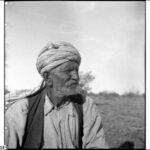

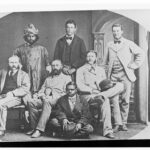

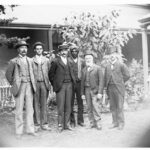
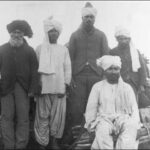
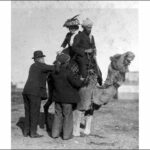
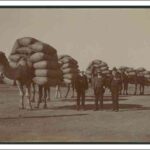
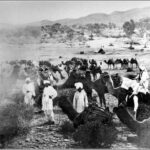
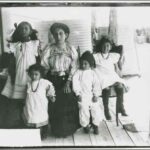

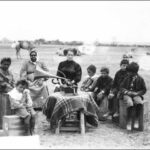
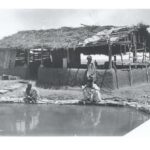
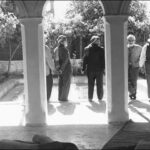
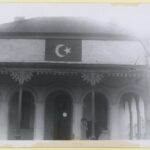
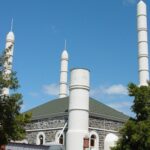

Comments
3 responses to “Afghans”
“Although known as Afghans, the cameleers were in fact Pathans from the border of present-day Afghanistan and Pakistan.”
The writer should do more research. Afghan is the literal word for “Pashtun” in foreign languages. That’s why they were called Afghans because the early Afghans cameleers were Pashtuns from the Frontier regions. However, not all all were “Afghans,” some were Baluch’s and others were Indians but the name stuck over the centuries.
Thanks for clarifying Jamal.
This website really helped me understand about why the Afghans came.